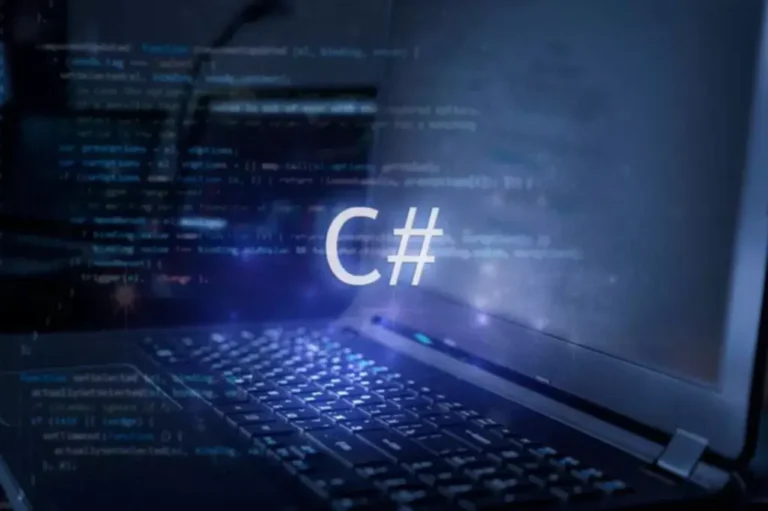By distinction, containers are light-weight, self-sufficient, and better suited to throwaway use circumstances. As Docker shares the host’s kernel, containers have a negligible influence containerization definition on system performance. Container launch time is nearly instantaneous, as you are only starting processes, not a complete operating system.

Step Four: Inject Setting Variables (optional)
- When you run a container, Docker creates a set ofnamespaces for that container.
- Docker takes the complexities out of container administration, offering a seamless approach to package and distribute purposes.
- IMO, what units Docker other than any other container know-how is its repository (Docker Hub) and their administration instruments which makes working with containers extraordinarily straightforward.
- I want to fill the missing part right here between docker images and containers.
- Each VM features a full copy of an working system, the applying, needed binaries and libraries – taking over tens of GBs.
- They’re light-weight because they share the host system’s working system kernel and don’t require operating a full working system for each utility like a digital machine does.
If you are solely running Docker as a improvement software, the default set up is mostly protected to use. Production servers and machines with a network-exposed daemon socket should be hardened before you go live. The runtime invokes kernel options to really launch containers. Docker is suitable with runtimes that adhere to the OCI specification. This open normal permits for interoperability between different containerization instruments.

The Architecture Of Containerized Purposes
If you are using Docker Desktop, that the scale of the digital machine’s image is what issues. Docker-in-Docker lets you run Docker inside a Docker container. It’s like Inception for containers — a Docker daemon operating inside a Docker container, able to constructing and working other containers. Your Node.js application needs to know how to find the MongoDB service. In the MongoDB URI within your software, as a substitute of using localhost, use the name of the MongoDB container (mongo-container in our example). After the quantity is created, you probably can run a MongoDB container and mount this volume to the /data/db directory, which is the default location where MongoDB shops its information recordsdata.
How They Work: Docker Images Vs Docker Containers
The –follow flag sets up a steady stream so as to view logs in actual time. Several third-party services also supply Docker registries as alternatives to Docker Hub. You’ll see output in your terminal as Docker runs each of your directions.
In most circumstances, cloud containers are hooked up to the OS from a native cloud environment — Microsoft, Azure or AWS, for instance. When large enterprises find themselves slowed down by too many containers, they may use containerization alongside tools designed to orchestrate the containers themselves. Recent improvements have helped mitigate the risk attached to performing widespread and necessary tasks like scanning and the actual containerizing process.
These containers run on high of the identical shared working system kernel of the underlying host machine and one or more processes may be run inside every container. In containers you don’t need to pre-allocate any RAM, it’s allocated dynamically in the course of the creation of containers while in VMs you want to first pre-allocate the memory after which create the digital machine. Containerization has better resource utilization compared to VMs and a short boot-up course of.

With conventional methods, builders write code in a particular computing surroundings, which, when transferred to a new location, usually leads to bugs and errors. For instance, this could occur when a developer transfers code from a desktop laptop to a VM or from a Linux® to a Windows working system. Containerization eliminates this problem by bundling the applying code with the related configuration files, libraries and dependencies required for it to run.
Let’s say you’ve an internet server that you just’re utilizing for your software. Ideally you’d cut up these up into separate functions to run on separate servers, but development can get messy. If you needed to add one other server to your cluster, you would not have to worry about reconfiguring that server and reinstalling all the dependencies you want. Once you build a container, you probably can share the container file with anybody, and they may simply have your app up and working with a few commands. Docker makes working a number of servers very straightforward, particularly with orchestration engines like Kubernetes and Docker Swarm. Containers package all the dependencies and code your app must run into a single file, which is able to run the same method on any machine.

Hence, it is transportable and in a place to run uniformly and consistently across any platform or cloud. As we’ve explored throughout this article, containerization has revolutionized software deployment and management by abstracting functions from their environment. It refers to the physical pc or bare-metal server that runs the containerized software.
You can use advanced building features to reference multiple base pictures, discarding middleman layers from earlier images. This is loosely equal to beginning a VM with an operating system ISO. If you create an image, any Docker consumer will be able to launch your app with docker run.
Store and distribute container photographs in a completely managed personal registry. Push private images to conveniently run them within the IBM Cloud® Kubernetes Service and different runtime environments. Since Docker containers are isolated from each other and the host system, they have an inherent stage of safety by design. Docker security revolves round a holistic zero belief framework that encompasses the runtime, build and orchestration of containers. The complexity surrounding containerized workloads requires implementing and sustaining security controls that safeguard containers and their underlying infrastructure. Docker container safety practices are designed to guard containerized applications from dangers like safety breaches, malware and dangerous actors.
All containers are run by a single working system kernel and due to this fact use fewer sources than a digital machine. Containers enable multiple application elements to share the assets of a single occasion of the host working system. This sharing is just like how a hypervisor allows a number of virtual machines (VMs) to share a single hardware server’s central processing unit (CPU), memory and other sources. Containers are an abstraction on the app layer that packages code and dependencies together.
They can also repackage existing purposes into containers (or containerized microservices) that use compute assets more effectively. A Docker container is a runtime setting with all the necessary components—like code, dependencies, and libraries—needed to run the applying code without utilizing host machine dependencies. This container runtime runs on the engine on a server, machine, or cloud instance.
This is useful whenever you need to manually invoke an executable that’s separate to the container’s primary process. Other users will be ready to pull your image and start containers with it. The ultimate lines copy the HTML and CSS information in your working directory into the container image. You need not worry too much about Docker’s internal workings if you’re first getting started.
Transform Your Business With AI Software Development Solutions https://www.globalcloudteam.com/ — be successful, be the first!